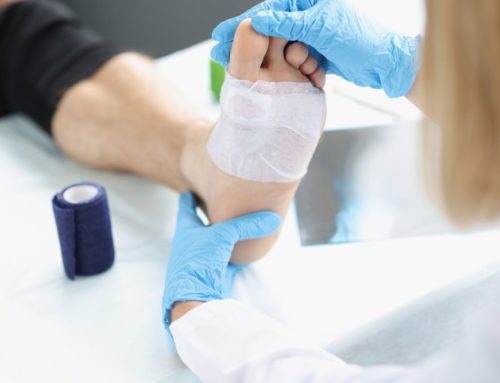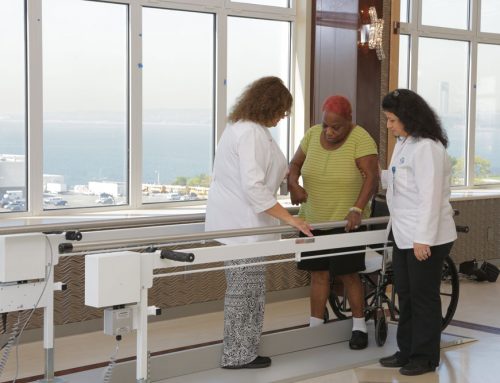One of the main reasons for swallowing issues is due to weakened throat muscles. This makes it more difficult for those muscles to move food or beverages down your throat as they’re supposed to. Luckily, those throat muscles can be strengthened using swallowing exercises. This type of therapy also improves the coordination of the muscles and nerves involved in the swallowing process. Over time, it becomes much easier to swallow.
Dysphagia is a condition that affects how a person swallows, making it a much more difficult task than usual. Several neurological conditions cause dysphagia, including brain trauma, dementia, stroke, spinal injuries, or multiple sclerosis.
When dysphagia occurs, an individual may need speech and swallowing therapy to repair the damage, including swallowing exercises.

When diagnosed with dysphagia, a therapist will assess the damage and discuss possible exercise options. They will also teach you the proper techniques to ensure ideal performance and effective results. Let’s take a look at the possible treatment options that may be available to you. Keep in mind that the following information is for educational purposes only.
Can The Swallowing Muscles Be Strengthened?
Your normal swallowing function is quite complicated, involving the coordination of several muscles, which can be strengthened by exercises. When it works normally, all of those muscles work together effortlessly. Unfortunately, neurological conditions that damage the brain, nerves, or spinal cord can alter how this process works.
The tongue movements may also be affected by dysphagia, reducing your ability to control this muscle. Some therapies help you regain control, so your tongue moves the food around as it’s supposed to.
The main benefit of swallowing exercises is that they prevent malnutrition and dehydration. Swallowing issues can result in excessive saliva, coughing, or choking, so therapy can deal with these complications well.
The best swallowing exercises
There are several swallowing exercises that your therapist may recommend to treat your dysphagia. Each one is designed to improve your swallowing function, though in varying ways. Be sure to speak to a trained therapist before attempting these exercises to be sure they are done properly.
One of the most effective exercises is the Mendelsohn Maneuver, with is designed to improve your swallowing reflex. To perform this maneuver, first locate your Adam’s apple, which is the hard piece located about halfway down your neck. When you swallow, this piece moves up and down.
For this maneuver, when swallowing, squeeze your throat muscles to keep the Adam’s apple at its highest position and hold. Your therapist will recommend how long to hold for. This time will be short at first, though you’ll be able to hold longer as your throat muscles are strengthened.
The Supraglottic Swallow is another one of the most recommended swallowing exercises available. This method involves taking a deep breath and then holding it as you swallow. Then release, coughing to clear away any saliva that has gathered in your throat. As your muscles strengthen, you can even try this technique with food, though only if recommended by your therapist.
Effortful swallowing is another good option. For this exercise, as you swallow, you squeeze all of the involved muscles. Over time, those muscles become stronger.
This content comprises informative and educational resources only and can not be considered as a substitute for professional health or medical guidance. Reliance on any information provided in this article is solely at your own risk. If you have any inquiries or apprehensions about your medical condition or health goals, talk with a licensed physician or healthcare provider.






Leave A Comment